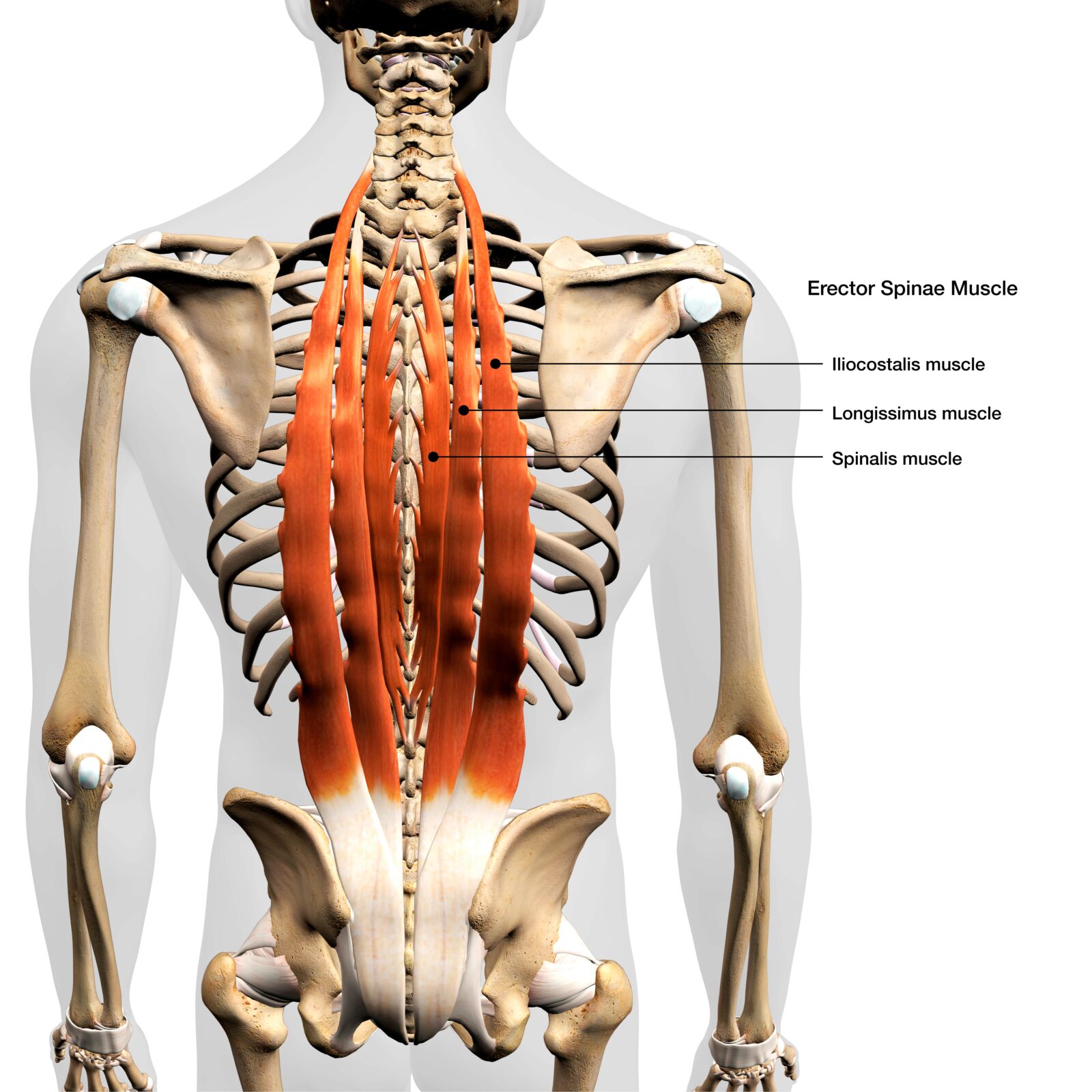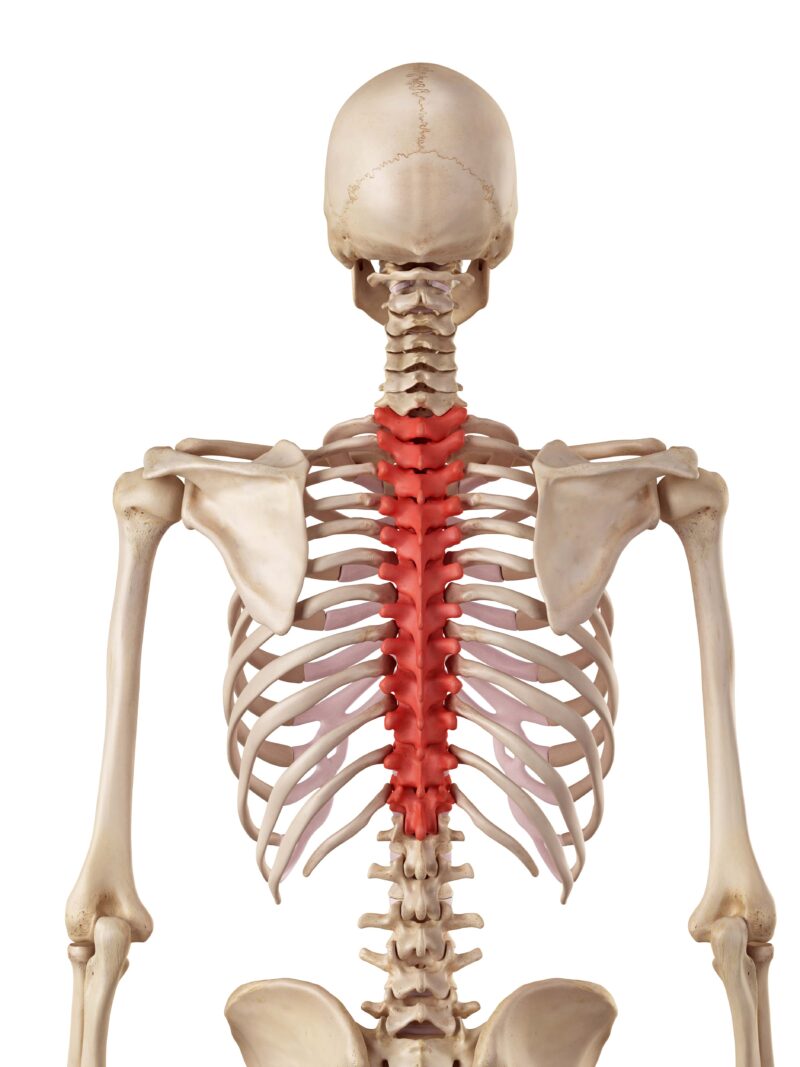Upper back pain, although less common than lower back pain, can still significantly affect daily life, leading to discomfort and hindering one’s ability to perform simple tasks. Understanding the causes of upper back pain, its symptoms, and when to consult a spinal specialist is crucial for timely and effective treatment. This blog post delves into these aspects, aiming to provide valuable insights into managing upper back pain effectively.
Understanding Upper Back Pain
Upper back pain, while part of the broader category of back pain, has distinct characteristics that differentiate it from neck (cervical) and lower back (lumbar) pain. Understanding these differences is crucial for identifying the source of discomfort and determining the most effective treatment approach.
The upper back, or thoracic spine, consists of 12 vertebrae (T1-T12) and serves as the foundation for the rib cage, which protects vital organs. This area is designed for stability rather than flexibility, which contrasts with the neck and lower back. The cervical spine (neck) is highly flexible, allowing for a wide range of head movements. The lumbar spine (lower back), on the other hand, bears the body’s weight and provides significant flexibility and movement, making it more susceptible to injury.
Causes of Upper Back Pain
Upper back pain can result from various factors, including:
Muscle Strain or Overuse:

One of the most frequent causes of upper back pain is muscle strain, which can occur due to overuse, poor posture, or sudden, awkward movements. Activities that involve repetitive motion or maintaining a single posture for extended periods, such as sitting at a computer, can lead to muscle fatigue and strain.
Poor Posture:
Chronic poor posture, especially while sitting or standing, can put excessive strain on the muscles and ligaments of the upper back. Over time, this can lead to pain and discomfort as the body tries to compensate for the imbalance.
Herniated or Bulging Discs:
Although less common in the thoracic spine compared to the cervical and lumbar regions, discs between the vertebrae can still herniate or bulge. This can press on the spinal nerves, leading to pain that may be localized or radiate to other areas.
Osteoarthritis:
The wear and tear of the cartilage in the joints of the spine can lead to osteoarthritis. This degenerative condition can cause stiffness and pain in the upper back as the cartilage that cushions the joints deteriorates.
Trauma or Injury:
Accidents, falls, or sports injuries can cause fractures, sprains, and strains in the upper back. These injuries can lead to acute pain and, if not properly treated, may result in chronic discomfort.
Scoliosis:
An abnormal curvature of the spine, scoliosis can affect any part of the spine but may cause pain in the upper back if the thoracic region is involved. The pain is often due to the imbalance and extra strain placed on the muscles and spine.
Myofascial Pain:
This chronic pain disorder is characterized by pain and tenderness in certain points within the muscles. It can affect the upper back, leading to persistent pain and knots in the muscle tissue.
Spinal Stenosis:
Narrowing of the spinal canal in the thoracic spine, although rare, can lead to spinal stenosis, which may cause pain and discomfort in the upper back, along with numbness or weakness.
Kyphosis:
An exaggerated forward rounding of the back, often seen in the thoracic region, can lead to kyphosis. This condition can cause pain and stiffness in the upper back due to the abnormal spine curvature.
Lifestyle Factors:
A sedentary lifestyle, lack of exercise, smoking, and obesity can all contribute to the development of upper back pain by increasing the strain on the spine and weakening the muscles that support it.
Symptoms to Watch For
Symptoms of upper back pain can vary from mild to severe and may include:
- Sharp or stabbing pain
- Dull, aching sensation
- Muscle stiffness or tightness
- Pain when moving, especially when twisting or bending
- Numbness or tingling in the arms, chest, or abdomen
- Possible chest pain or difficulty breathing
When to See a Spinal Specialist
Consulting a spinal specialist for upper back pain is a crucial step when certain conditions are met, ensuring proper diagnosis and treatment. Here are specific situations when one should consider seeing a spinal specialist:
Persistent Pain:
If the pain in the upper back persists for more than a few weeks despite trying home remedies, rest, and over-the-counter pain medications, it’s time to consult a specialist. Persistent pain may indicate an underlying condition that requires professional evaluation.

Severe Pain:
When the pain is severe and does not improve with rest or it disrupts daily activities, professional medical advice is necessary. Severe pain might be a sign of a more serious issue that needs immediate attention.
Neurological Symptoms:
Experiencing symptoms such as numbness, tingling, weakness in the arms or legs, or loss of bladder or bowel control alongside upper back pain can indicate nerve involvement. These symptoms require prompt evaluation by a specialist.
Injury:
If the upper back pain follows an injury, such as a fall, a car accident, or a sports injury, it’s important to get a thorough examination. An injury could result in fractures or other damage that might not be immediately apparent.
Night Pain or Pain at Rest:
Pain that worsens at night or when resting can be a sign of something more serious than simple muscle strain. Such patterns of pain need to be assessed by a specialist.
Associated Symptoms:
If upper back pain is accompanied by other worrying symptoms such as unexplained weight loss, fever, chills, or severe stiffness, these could indicate an infection, an underlying disease, or a more serious condition requiring specialized care.
Limited Mobility:
If you notice a decrease in your range of motion, such as difficulty twisting, bending, or performing daily activities due to upper back pain, seeing a specialist can help determine the cause and appropriate treatment.
Non-Improvement with Standard Treatments:
If physical therapy, chiropractic care, or other non-invasive treatments have not improved the pain, a consultation with a spinal specialist can offer alternative options, including the possibility of surgical intervention if necessary.
Age-Related Concerns:
For older adults, upper back pain can sometimes be related to osteoporosis or spinal degeneration. In such cases, specialist assessment is important to manage these conditions effectively.
Conclusion
Upper back pain, though not as prevalent as lower back issues, requires attention and appropriate care. Recognizing the causes and symptoms of upper back pain is the first step towards effective management. However, knowing when to seek the help of a spinal specialist is crucial to prevent further complications and ensure a swift return to health. If you’re experiencing persistent or severe upper back pain, don’t hesitate to consult a healthcare provider for a thorough evaluation and personalized treatment plan.










